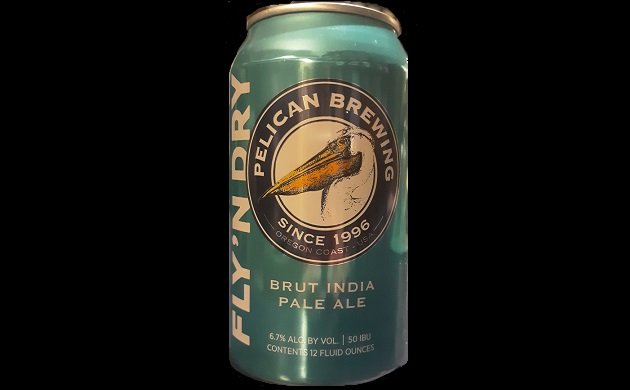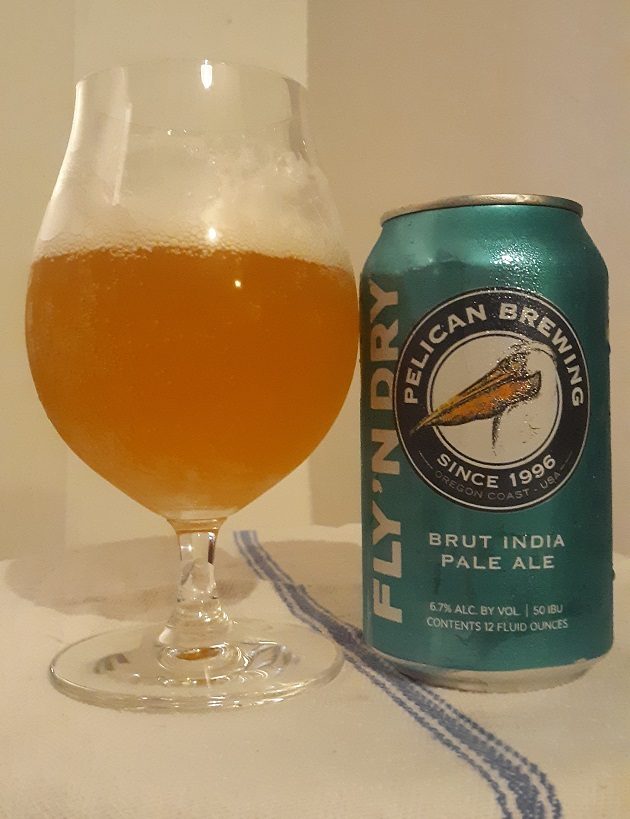
The recent taxonomy of India Pale Ale – more popularly known these days by its initialism IPA – is as confusing and unstable as any avian phylogeny. Just imagine, for instance, that a new species of white-headed gull was added to your field guide every few years and you’ll have an idea of the current head-scratching state of proliferating IPA variations.
At last count, the list if IPAs now includes – with varying degrees of currency and credibility – the original English IPA, American IPA, West Coast IPA, East Coast IPA, New England IPA, Belgian IPA, white IPA, black IPA, session IPA, double IPA, triple IPA, sour IPA, fruit IPA, coffee IPA, and milkshake IPA (and I probably missed a few). The IPA portfolio seems to grow almost yearly and the latest addition arrived only at the very end of 2017 – and already, industry pundits are writing it off as a passing fad.
The newcomer is dubbed brut IPA, a nod to the French word for “raw” or “crude” that describes the driest of Champagne bottlings (that is, except for extra brut – and to my knowledge, there aren’t any extra brut IPAs – yet). As its borrowed appellation from the world of sparkling wine suggests, brut IPA is an especially sec version of IPA, achieved by introducing the enzyme amyloglucosidase to the fermentation process. Unlike conventional brewing yeast species like Saccharomyces cerevisiae, amyloglucosidase – an enzyme derived from the fungus Aspergillus niger, the common black mold found on vegetables like onions – is capable of breaking down more complex sugars like glucose in beer, leaving a fermented product relatively free of the residual sugars that give some sweetness and body to traditional beers. When used in brewing, the result is an impossibly light and bone-dry beer that – when done well – is quite reminiscent of a brut sparkling wine.
Credit for the style appears to go to brewer Kim Sturdevant of Social Kitchen & Brewery in San Francisco, who created it after some inspired experimentation with enzymatic brewing on a day off. While the style is still young and fledging, most brut IPAs seems to be coalescing around a singular ideal: a bright, effervescent beer, elegantly attentuated but with a floral and fruity aroma from generous hopping. Though it hasn’t caught on with the same intense ubiquity as the still-popular New England IPA, several big-name breweries are trying their hand at the nascent style.
One of these is Pelican Brewing Company of Pacific City, Oregon, with their Fly ‘N Dry Brut IPA, which we have to enjoy this week (thanks once again to fellow 10,000 Birds beat writer Jason Crotty for sending me a can!), Principally hopped with two varieties – the perennial favorite Citra and a newer cultivar from Germany called Huell Melon – Fly ‘N Dry Cantaloupe has a sweet aroma of lush cantaloupe and fresh strawberries up front, with a lively touch of lime. The ripe and fruity bouquet belies a seriously dry and sparkling beer that lives up to its brut description with a taut and crisp texture that mingles with hints of sweet malt and citrus. The spritzy finish is long and dry without being austere, balanced by a nice grapefruit bitterness to the end.

If you haven’t tried a brut IPA yet, Pelican Brewing Company offers a great introduction to the style with Fly ‘N Dry.
Good birding and happy drinking!
Pelican Brewing Company
![]()
![]()
![]()
![]()
![]()
Three out of five feathers (Good).











Leave a Comment